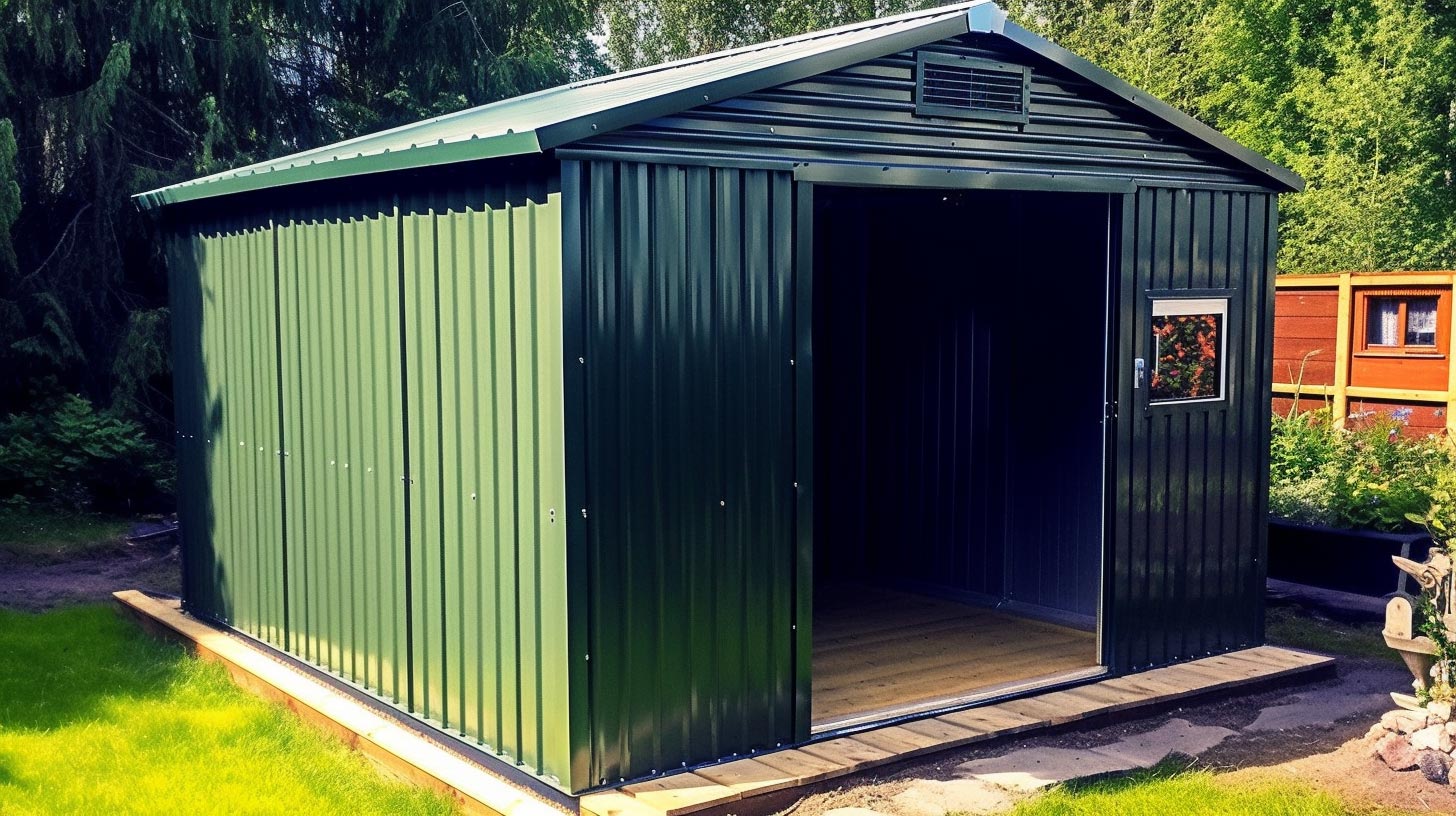As winter approaches, many garden shed owners may find themselves wondering how to keep their sheds in good condition during the cold and snow. With proper maintenance, however, your garden shed can survive the winter months and continue to serve as a functional and attractive addition to your property. In this article, we’ll provide tips and best practices for maintaining your garden shed during the winter, so you can enjoy it for many years to come.
Understanding the Risks to Your Garden Shed
Before we dive into the maintenance tips, it’s important to understand the risks that winter weather poses to your garden shed. The cold temperatures, heavy snow, and strong winds can all take a toll on your shed and lead to damage if you’re not prepared. Some of the most common problems include:
- Roof damage, such as cracks or leaks, due to the weight of the snow
- Warping or cracking of the walls or door due to the fluctuation of temperatures
- Moisture buildup inside the shed, leading to mold and mildew growth
Preparation Before Winter Arrives
To minimize the risks of winter weather, it’s important to take some steps to prepare your garden shed before winter arrives. Here are some tips:
- Clean and organize your shed, removing any clutter and making sure everything is in its proper place.
- Inspect the roof and walls for any cracks or leaks, and repair them before winter sets in.
- Apply a coat of weatherproof paint to protect the exterior of your shed from the elements.
- Install weather stripping around doors and windows to prevent cold air from entering and warm air from escaping.
- Insulate your shed to keep the interior temperature stable and reduce moisture buildup.
Snow Removal
One of the biggest challenges during the winter months is removing the snow from your garden shed. The weight of the snow can cause significant damage to the roof and walls, so it’s important to remove it as soon as possible. Here are some tips for safe and effective snow removal:
- Use a roof rake to gently remove the snow from the roof, starting from the edge and working your way towards the center.
- Avoid shoveling the snow directly onto the walls of the shed, as this can cause damage. Instead, shovel it to the ground and sweep it away.
- Avoid using a metal shovel, as it can scratch or damage the roof or walls of your shed.
- If you have a large amount of snow to remove, consider hiring a professional to do the job for you.
Maintaining Your Garden Shed Throughout the Winter
In addition to preparing your shed before winter arrives and removing the snow, it’s important to perform regular maintenance throughout the winter to ensure its continued health. Here are some tips:
- Check the roof and walls regularly for any signs of damage or leaks.
- Keep the interior of the shed dry and well-ventilated to prevent moisture buildup.
- Open the doors and windows periodically to allow fresh air to circulate and reduce moisture.
- Inspect the foundation of the shed and make sure it’s secure and stable.
- Replace any damaged or worn-out parts of your shed, such as hinges, door knobs, or roof tiles.
Conclusion
With proper preparation and maintenance, your garden shed can survive the winter months and continue to serve as a functional and attractive addition to your property. By following the tips outlined in this article, you can protect your shed from the damaging effects of the cold and snow, and ensure its longevity for many years to come.
FAQs
- Can I insulate my garden shed myself or should I hire a professional?
- You can insulate your garden shed yourself using materials such as fiberglass insulation or spray foam insulation. However, if you’re unsure about the process or don’t feel comfortable handling insulation materials, it’s best to hire a professional. They will have the necessary expertise and equipment to get the job done safely and effectively.
- What type of roofing material is best for my garden shed in winter?
- Asphalt shingles, metal roofing, or rubber roofing are all good options for a garden shed in the winter. Asphalt shingles are durable and long-lasting, while metal roofing is low maintenance and provides excellent protection against the elements. Rubber roofing is also a good option, as it’s flexible and can withstand heavy snow and wind.
- How often should I check my garden shed for damage during the winter?
- It’s a good idea to inspect your garden shed at least once a month during the winter months. This will help you catch any potential problems early on, before they become more serious and costly to repair.
- Can I store items in my garden shed during the winter?
- Yes, you can store items in your garden shed during the winter. However, it’s important to ensure that the interior of the shed is dry and well-ventilated to prevent moisture buildup. Consider using moisture-absorbing materials such as silica gel packets or moisture absorber crystals to keep the interior of the shed dry.

